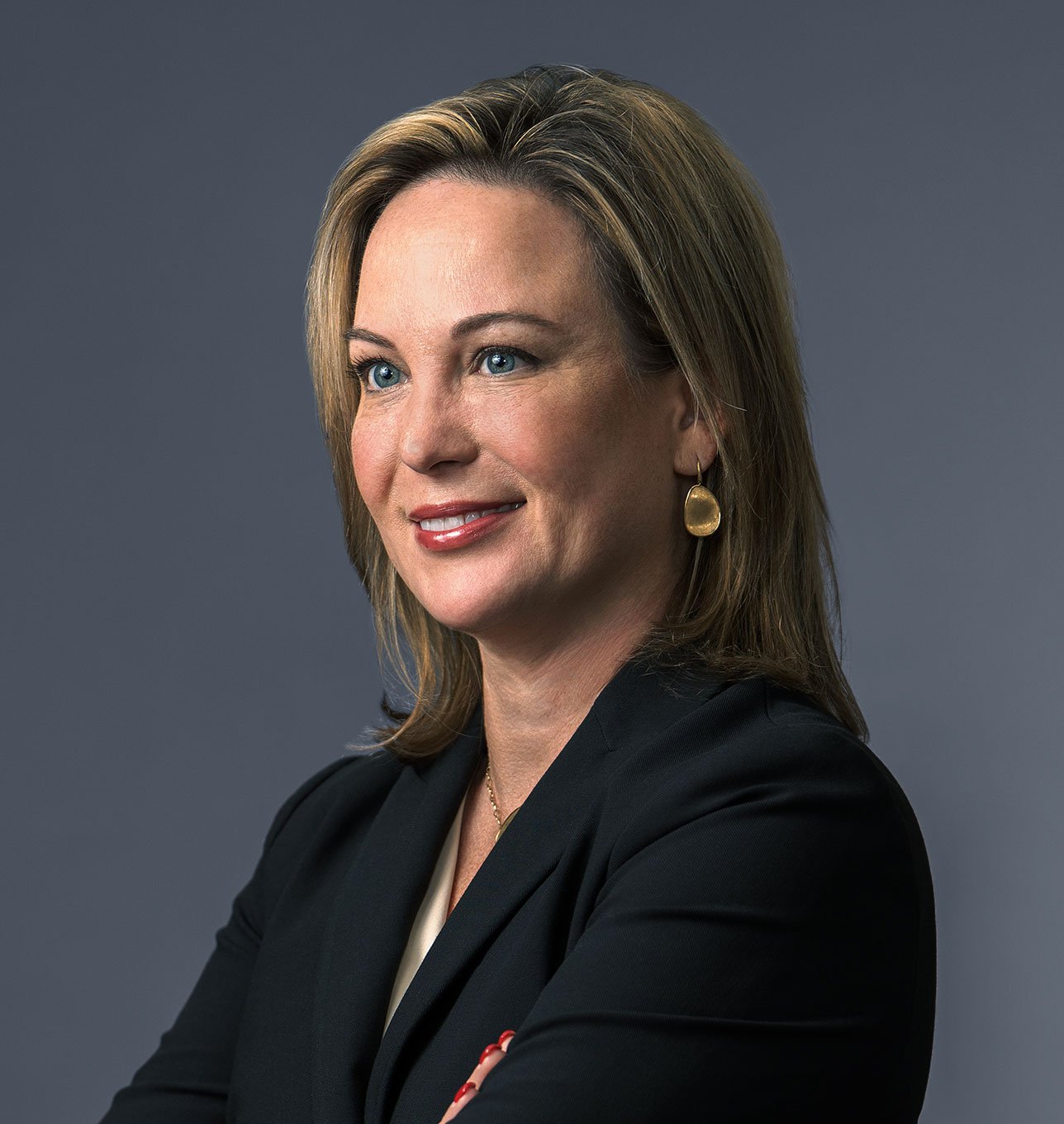Collateralized Fund Obligations: Understanding the Diligence, Documentation, and Rating Agency Process
Executive Summary
Because collateralized fund obligations ("CFOs") can be customized to the unique needs of both funds and investors, those needs will impact the process and timing of the transaction. This Legal Update, the latest in a series on CFOs, provides information relevant to funds and investors on the negotiation, diligence, and closing process of a CFO transaction.
Background
CFOs are investment vehicles that consist of portfolio investments ("Investments") pooled together into a bankruptcy-remote special purpose entity (“Asset HoldCo”) that is owned by another bankruptcy-remote special purpose entity ("CFO Issuer") which issues tranches of rated notes and equity (collectively, "Securities") to third-party investors (the “Securityholders”). These rated notes are secured by the equity interest in the Asset HoldCo. CFOs provide a mechanism for portfolio managers, portfolio investors, secondary funds, and funds of funds (each, an "Investor") to incorporate alternative financing vehicles into their investment portfolio.
What You Need to Know
Negotiation and Design Phase
CFOs are typically designed through discussions and negotiations between the sponsor, the investors and the investment bank acting as arranger or initial purchaser for the transaction, informed by input from the rating agency. The sponsor, in some cases together with other transaction parties, will identify an investment portfolio of hedge, private equity, growth, and/or similar funds (or will design the portfolio criteria, if there will not be an identified portfolio at closing).
Diligence
The rating agency as well as the investors and other parties to the CFO will undertake diligence procedures of the proposed Investments and the underlying assets. Accordingly, the negotiation, structure, design, and diligence process can be lengthy even before the CFO begins marketing. Diligence can be further complicated when the CFO consists of an unidentified pool of assets. In this case, the CFO manager can add new funds post-closing, and because those assets are unknown at the time of the CFO transaction, they cannot be evaluated before closing.
Regulatory Assessment
In addition, parties will evaluate considerations related to tax regulations, securities laws, and other applicable regulations (including the Investment Advisers Act of 1940, in the case of the sponsor).
A number of initiatives by the National Association of Insurance Commissioners (“NAIC”) could affect the regulatory treatment of US insurance company investments in CFOs.
- Statutory Accounting Treatment. Under a new “principles based” bond definition that is in the process of being drafted and is expected to become effective in 2025, there would be a rebuttable presumption that debt instruments collateralized by equity interests do not qualify as bonds. However, that presumption could be rebutted if the underlying equity risks are sufficiently redistributed through the capital structure of the issuer, and if a documented analysis supporting the predictability of cash flows is completed at the time the insurance company acquires the investment. A CFO that does not qualify as a bond after the new bond definition is in effect would receive a significantly higher risk-based capital (“RBC”) charge, and would need to be marked to market in the insurance company’s financial statements rather than being carried at amortized cost.
- Ability to Rely on External Ratings. A significant majority of debt securities owned by insurance companies are “filing exempt,” which means that they do not need to be filed with the NAIC Securities Valuation Office (“SVO”) for assignment of a credit quality designation, but are automatically assigned the NAIC designation equivalent to the rating assigned by an NAIC-approved credit rating provider (“CRP”). On May 15, 2023, the NAIC unit that oversees the SVO exposed for comment a proposal that would allow the SVO to challenge the CRP rating of any filing-exempt debt security whenever the SVO’s assessment of credit quality differs from the CRP’s assessment by three or more notches. After a period of analytical review, during which the insurance company could try to rebut the SVO’s challenge, the SVO would have the authority to substitute its own assessment of credit quality for the CRP’s rating for insurance regulatory purposes. The SVO has already made clear that if this proposal is adopted, CFOs and other structured securities backed by underlying equity interests would be a major focus of such challenges. A lower NAIC credit quality designation for an investment security would translate into a higher –potentially significantly so – RBC charge for the investment.
- Treatment of Residual Tranches. Currently, the residual tranches of asset-backed securities are treated as equity for statutory accounting purposes and receive a 30-percent RBC charge. The NAIC unit that oversees the RBC system has decided to assign a separate RBC factor to residual tranches of all asset-backed securities, and has adopted an approach that, for the year-end 2023 RBC calculations, adds to the existing 30-percent RBC charge a 15-percent sensitivity adjustment (essentially a pro forma tool to evaluate what a company’s RBC ratio would be if the RBC factor were 45 percent) and, for the year-end 2024 RBC calculations, imposes an RBC factor for residual tranches of 45 percent (with no sensitivity adjustment).
- RBC Treatment of Asset-Backed Securities More Broadly. In 2022, the NAIC established a new working group to perform a comprehensive review of RBC charges for all asset-backed securities, including CFOs, collateralized loan obligations (“CLOs”) and other securities carrying similar types of “tail risk.” This will be a multi-year process involving extensive actuarial analysis, but is expected to result in changes to the RBC charges for asset-backed securities, which are currently the same factors as those used for corporate bonds. While it is too early to predict the outcome with certainty, there is a general expectation of higher RBC charges on more junior tranches, and lower RBC charges on more senior tranches. Additionally, one of the explicit goals of the working group is to “reduce incentives for RBC arbitrage” based on a belief by some regulators that CFO and collateralized loan obligation investments are being used for that purpose.
Finally, US risk retention rules require sponsors to retain at least 5 percent of the securitized assets in a securitization involving asset-backed securities. Although most sponsors take the position that US risk retention rules do not apply to CFO transactions, a CFO that holds a greater proportion of assets that are "self-liquidating" (i.e. that convert to cash within a finite period of time) may be more likely to be considered an issuer of asset-backed securities subject to the US risk retention rules, thereby requiring an analysis of the US risk retention rules.
Credit Rating Analysis
To determine the credit rating of the Securities issued by a CFO, rating agencies will assess the CFO characteristics such as the following:
- Cash flow and liquidity available. Rating agencies pay close attention to liquidity sources and the fees paid on any liquidity facilities. Some CFOs require that the CFO Issuer hold some percentage of its assets in money market funds or other lower-risk liquid assets. Additionally, CFO Issuers will often enter into a revolving liquidity facility with a third-party lender, such as a bank, to ensure that the CFO Issuer has adequate funds to make scheduled interest payments to Investors. Similarly, rating agencies will look at the CFO Issuer's other obligations and its ability to satisfy them through liquidity sources.
- The CFO manager’s track record. Past performance of the CFO manager will factor into the CFO’s credit rating. Rating agencies will look at the CFO manager's performance across different vintages and asset classes. Rating agencies may also look at how the CFO manager has weathered previous economic downturns.
- Skin in the game. The credit rating can be enhanced if the GP has invested its own capital in the underlying funds, since it demonstrates an alignment of interests.
- Loan-to-value ratio. Rating agencies will compare the principal balance of the CFO's liabilities, including the Securities and any liquidity facility, to the net asset value of the underlying funds included in the Investments.
- Diversity of underlying funds in the Investments. As pointed out in a recent PitchBook article, underperforming portfolio companies are not uncommon. When these underperformers make up a small portion of a diversified pool of funds and portfolio companies, the risks associated with the underperformance are minimized. Accordingly, rating agencies will often assess the diversity in funds that make up the CFO's Investments portfolio. The ratings agencies may also look at the portfolio companies in the funds to evaluate concentration limits.
CFO Closing
If the CFO has an identified pool of assets, the CFO manager may launch the CFO by contributing existing Investments it holds in exchange for cash or equity in the CFO. If the CFO manager does not retain the equity tranche of the CFO, it must find an Investor to purchase the equity tranche at closing.
Next Steps
When considering a CFO transaction, the unique needs of Securityholders and Investors will impact the process and timing of the transaction, including negotiation, diligence, regulatory assessment, preparation of offering documentation, and the closing. For additional information on CFOs, you can read the following legal updates:
Collateralized Fund Obligations: A Primer
Collateralized Fund Obligations: A Growing CDO/CLO and Fund Finance Liquidity Solution
Collateralized Fund Obligations: The Advantages of CFOs
Structured Finance:
Michael P. Gaffney, Partner
Jennifer T. Hartnett, Partner
Arthur S. Rublin, Partner
Ryan Suda, Partner
Sagi Tamir, Partner
J. Paul Forrester, Senior Counsel
Fund Finance:
Kiel A. Bowen, Partner and Global Co-Head of Lending
Todd N. Bundrant, Partner
Mark C. Dempsey, Partner
Ann Richardson Knox, Partner
Insurance Regulatory:
Lawrence R. Hamilton, Partner












